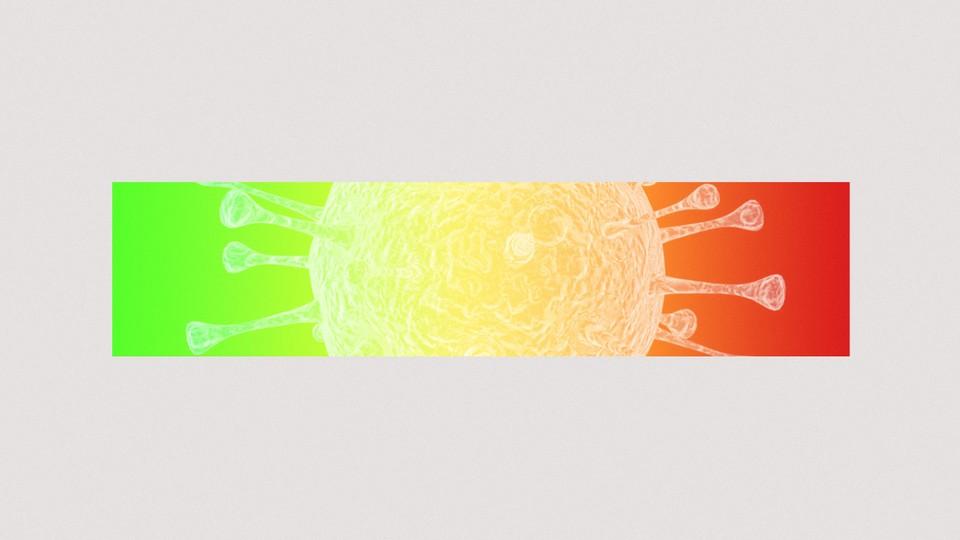UNLIMITED
A Better Way to Think About Your Risk for COVID

On the surface, the September 24 announcement from the head of the CDC outlining who, exactly, would be eligible for COVID-19 booster shots seemed like a clarifying moment. But even as the agency’s leader, Rochelle Walensky, declared the need to make “concrete recommendations that optimize health,” the new guidance was hard to parse. It said, for instance, that people as young as age 18 who received the Pfizer vaccine may get a third shot as long as they have any of a list of “certain medical conditions” that might put them at “high risk” or “highest risk” for developing complications from severe COVID.
What are those high-risk conditions? The CDC has compiled a vague and partial list, presented in alphabetical order, that includes cancer, diabetes, liver disease, and smoking among 29 named conditions in all, divided into 17 categories. One of those categories—“immunocompromised state”—is itself a Russian doll of health disorders such as rheumatoid arthritis, lupus, and HIV; transient conditions such as pregnancy; and various treatment-induced vulnerabilities. Even the group most at risk from COVID—elderly people—can be said to be in an “immunocompromised state.” Researchers have termed the gradual weakening of bodily defenses as a person ages “immunosenescence,” and there’s evidence that an older immune system may also get stuck in an inflammatory state, a problem called “inflammaging.” So when we say that someone 85 years or older has as a young adult, we’re really using age as a stand-in for some invisible, underlying immune state.
You’re reading a preview, subscribe to read more.
Start your free 30 days



